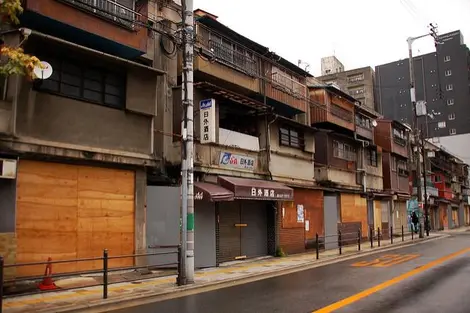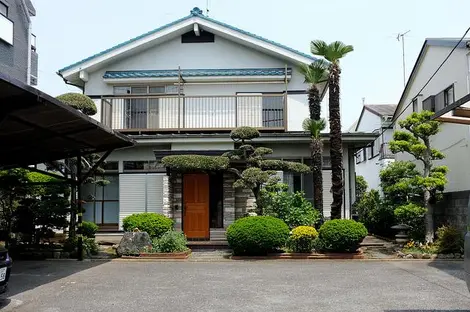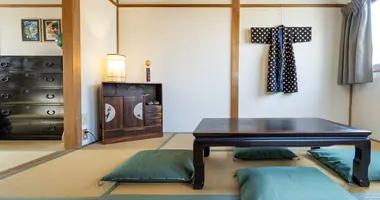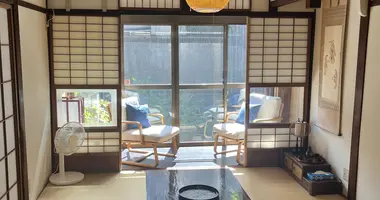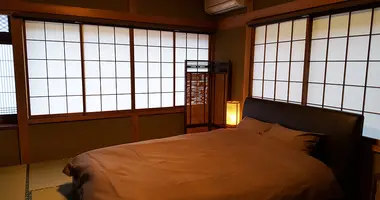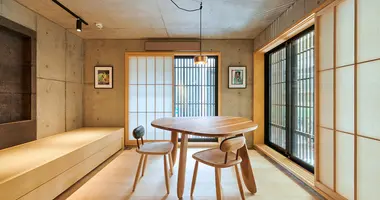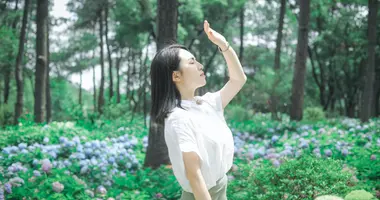The different types of Japanese habitats
- Published on : 05/09/2017
- by : K.C.
- Youtube
Typical accommodations
After World War II, Japan experienced strong economic and population growth, causing an unprecedented housing shortage.
Explore the different types of modern Japanese houses; from a housing of average quality and destined to a lifespan of 25 to 30 years.
- The apato (ア パ ー ト)
Abbreviation of " apa-tomento " from the English " apartment ". As its name suggests, it is an apartment constructed in a wooden building and mostly on two floors or sometimes higher. They do always have a private bathroom as the plumbing is minimal. Due to the use of less expensive materials, the absence of an elevator, these are therefore low-rent residences.
Read: How to inhabit a Japanese house
- Manshon (マ ン シ ョ ン)
From the English " mansion ", these are apartments built in multi-story buildings of reinforced concrete and steel, generally more solid than the apato or an equivalent to modern buildings. Insulation and resistance in the event of an earthquake are ensured by their more solid structures. The rents are higher than for an apato, with additional amenities. Although the living area may not be necessarily larger.
Read also: Traditional Japanese houses
- The ikkodate (一 戸 建 て)
These detached houses generally have a wooden frame. The Japanese can buy land on their own and then have their house built there or buy land where a house is already built, but the second option is the more expensive. It is common to demolish the structure before reselling land to increase the chances of a sale.
Also discover:10 atypical Japanese houses
Rent a house in Japan with Japan Experience
- Les manshon (マンション)
De l’anglais "mansion", ce sont des appartements construits dans des immeubles de plusieurs étages en béton armé et en acier, généralement plus solides que les apato. L'isolation et la résistance en cas de séisme sont assurées grâce à leurs structures plus solides. Les loyers sont plus élevés que pour un apato, bien que la surface habitable ne soit pas forcément plus étendue.
Lire aussi : Maisons traditionnelles japonaises
- Les ikkodate (一戸建て)
Ces maisons individuelles disposent en général d’une ossature en bois. Les Japonais peuvent acheter un terrain seul puis y faire construire leur maison ou acheter un terrain où une maison est déjà bâtie, mais la deuxième option est la plus chère. Il est courant de détruire une maison avant de revendre un terrain pour augmenter les chances de vente.
Découvrez aussi : 10 maisons japonaises atypiques



